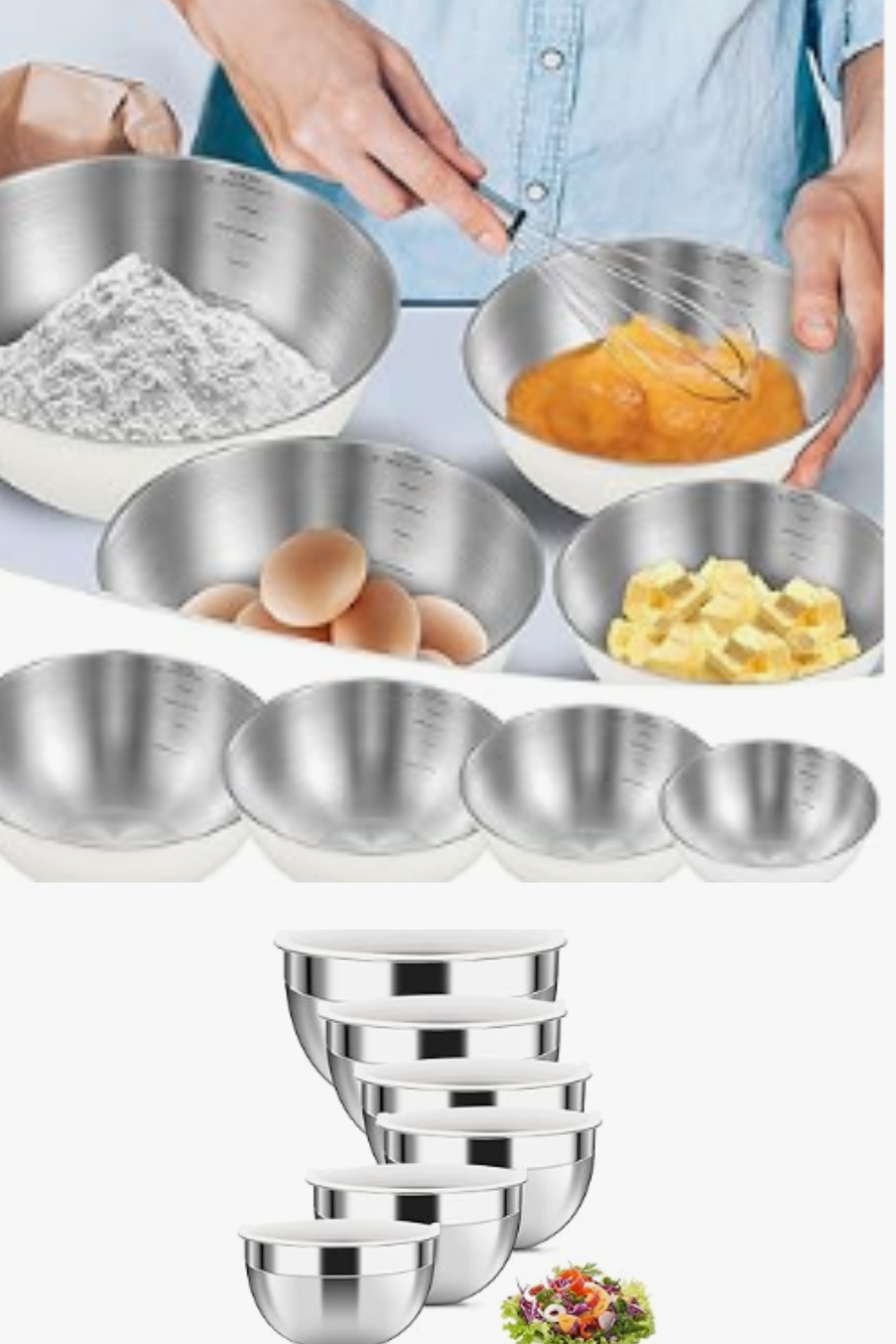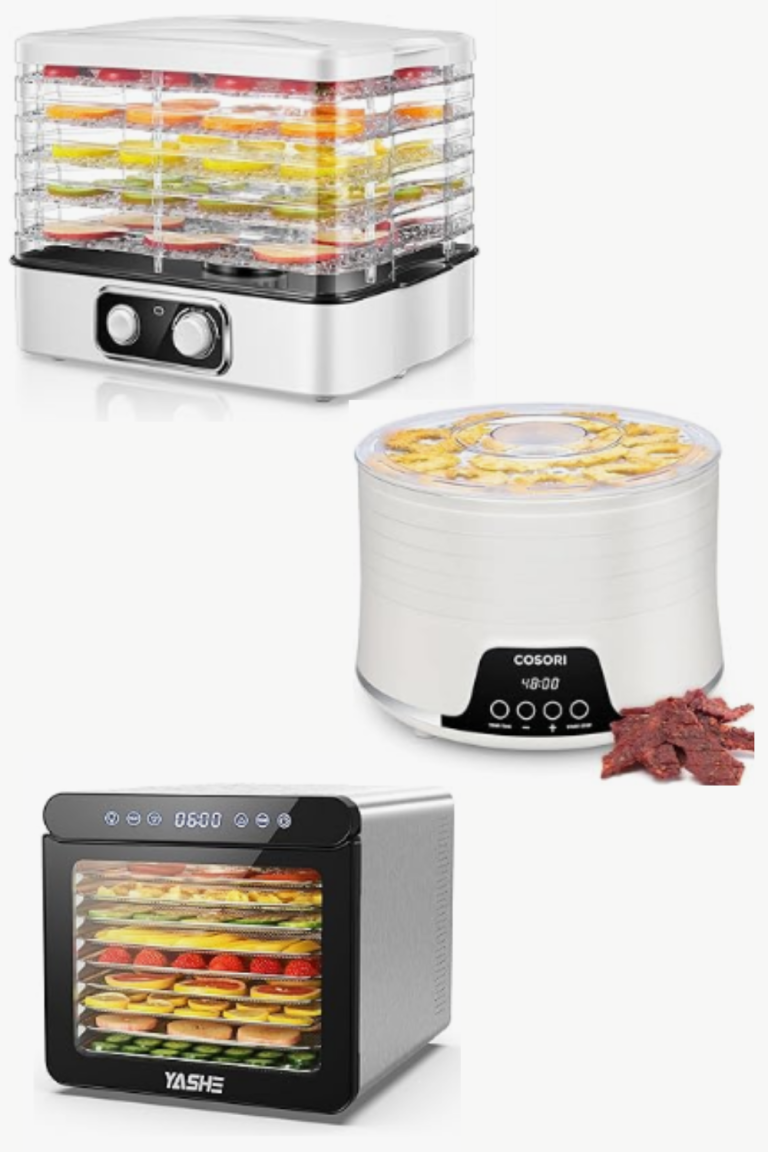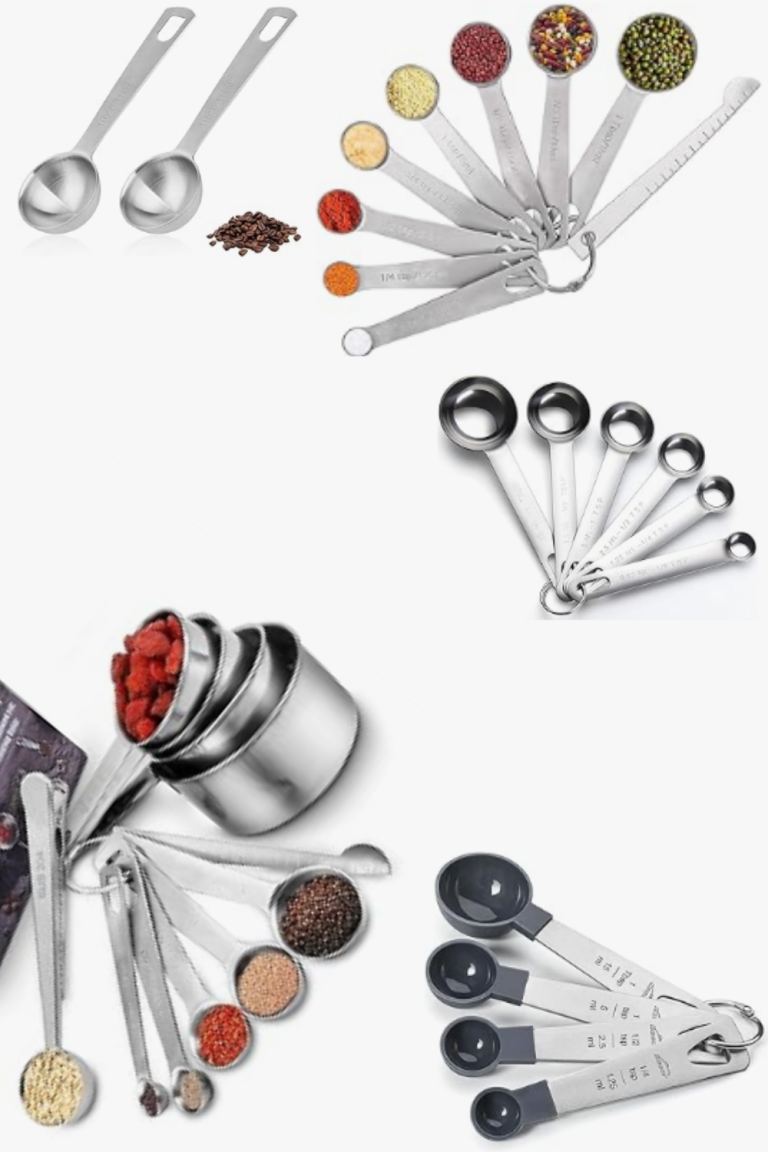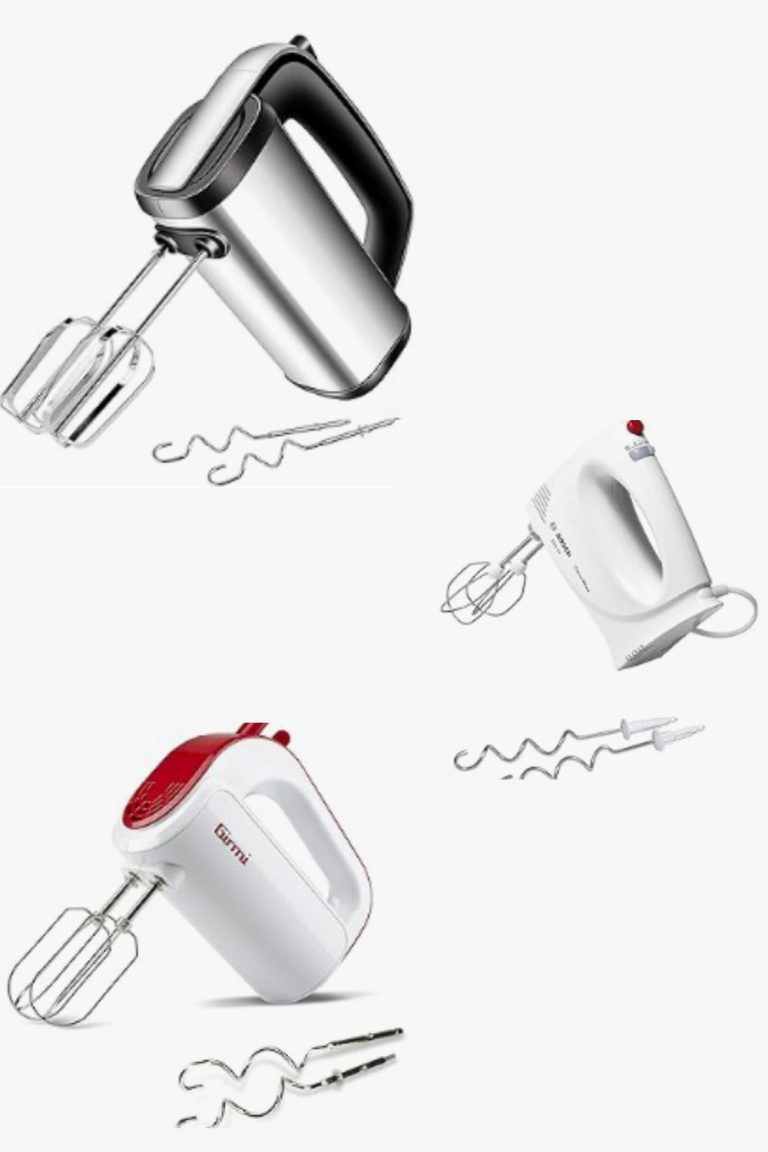MPT: Mixing Bowls role in cake making Clarified
Mixing Bowls: What’s Their Role in Cake Making?
Mixing bowls are the unsung heroes of the baking world. They’re not just vessels for ingredients; they’re essential tools that can make or break your baking endeavors. When I think about baking cakes, I always start with choosing the right mixing bowl. It’s not just about size; it’s about functionality and efficiency. Check out the right Mixing Bowls, cake tools, and ingredients that you need here <
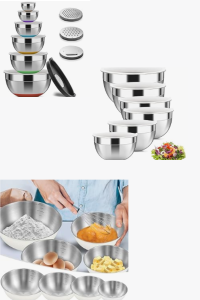
Why Choosing the Right Mixing Bowl Matters
Choosing the right mixing bowl is more than just a matter of preference it’s about understanding how each type serves a specific purpose in the baking process. Whether you opt for stainless steel, glass, or even ceramic, each material offers distinct advantages depending on what you’re mixing.
Stainless Steel Mixing Bowls: Practical and Durable
Stainless steel bowls are my go-to for their durability and versatility. They’re lightweight, easy to clean, and non-reactive, making them perfect for whipping up everything from airy meringues to thick cake batters. The smooth surface ensures thorough mixing without any lingering tastes or odors from previous bakes. Check out the right Mixing Bowls, cake tools, and ingredients that you need here <
Glass Mixing Bowls: See-through Convenience
Glass mixing bowls offer the advantage of transparency. You can easily monitor the consistency of your batter and ensure there are no lumps or uneven mixes. They also have the benefit of being microwave-safe, which comes in handy for recipes that require melted ingredients like butter or chocolate.
Ceramic Mixing Bowls: Stylish and Functional
Ceramic mixing bowls not only look beautiful on your countertop but also retain temperatures well, which is ideal for recipes that require ingredients to be kept cool or warm. Their sturdy construction makes them a favorite for heavier mixtures and doughs, providing stability as you mix and knead.
Size Matters: Choosing the Appropriate Bowl
The size of your mixing bowl can significantly impact your baking process. Too small, and you risk ingredients spilling over; too large, and you may struggle to achieve proper incorporation. As a rule of thumb, select a bowl that accommodates your recipe’s volume with enough room for mixing without splattering.
the humble mixing bowl plays a pivotal role in the art of cake making. Whether you prefer the practicality of stainless steel, the clarity of glass, or the charm of ceramic, each type contributes uniquely to achieving the perfect bake. By understanding their roles and selecting the right one for your needs, you elevate your baking game from good to exceptional. Check out the right Mixing Bowls, cake tools, and ingredients that you need here <
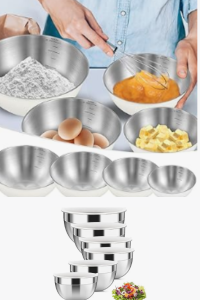
Drilling Deeper: Comparing Mixing Bowl Types
Now that we’ve covered the basics, let’s drill deeper into the nuances of each mixing bowl type to help you make an informed choice for your baking adventures.
Stainless Steel vs. Glass vs. Ceramic: A Comparative Analysis
1. Stainless Steel Mixing Bowls
Stainless steel bowls are beloved for their practicality and durability. They are lightweight yet sturdy, making them easy to handle during vigorous mixing sessions. Their non-reactive nature ensures that flavors remain true, making them ideal for tasks like whipping egg whites into stiff peaks or folding delicate ingredients into batters. The smooth interior surface of stainless steel bowls promotes thorough mixing and easy cleanup, which is a time-saving bonus for any baker. Check out the right Mixing Bowls, cake tools, and ingredients that you need here <
2. Glass Mixing Bowls
Glass bowls offer the advantage of transparency, allowing bakers to visually inspect the consistency and texture of their mixes without needing to lift the bowl’s lid or stop the mixer. This feature is particularly advantageous when working with recipes that require precise blending or when monitoring the incorporation of ingredients like flour or chocolate chips. Additionally, glass bowls are microwave-safe, which makes them versatile for melting butter or chocolate directly in the bowl, eliminating the need for extra dishes and streamlining the baking process.
3. Ceramic Mixing Bowls
Ceramic bowls combine functionality with aesthetic appeal. Their sturdy construction and weight make them an excellent choice for tasks that require stability, such as kneading dough or mixing heavier batters. Ceramic bowls retain temperatures well, which can be advantageous when working with ingredients that need to be kept cool, such as butter for pastry dough, or warm, like a proofing yeast mixture. They also come in a variety of colors and designs, adding a touch of style to your kitchen countertop. Check out the right Mixing Bowls, cake tools, and ingredients that you need here <
tips for Choosing the Right Size and Shape
Beyond material considerations, the size and shape of a mixing bowl are critical factors to consider. A larger bowl allows for ample room to mix without spillage, while smaller bowls are ideal for tasks that require precise measurements or single-serving mixes. Consider the shape of the bowl as well; bowls with a wider base provide stability during mixing, while those with a deeper profile can contain splashes and prevent messes.
the choice of mixing bowl for your baking endeavors depends on your specific needs and preferences. Whether you prioritize durability and practicality with stainless steel, visibility and versatility with glass, or the combination of style and functionality with ceramic, each type offers distinct advantages that can enhance your baking experience. By understanding the unique properties of each material and selecting the right size and shape for your recipes, you can elevate your baking game and achieve consistently delicious results. Check out the right Mixing Bowls, cake tools, and ingredients that you need here <
comparison tabular
Here’s a comparison table summarizing the key considerations for stainless steel, glass, and ceramic mixing bowls in the context of cake making:
| Feature/Consideration | Stainless Steel Mixing Bowls | Glass Mixing Bowls | Ceramic Mixing Bowls |
|---|---|---|---|
| Material | Stainless steel, non-reactive | Glass, transparent and microwave-safe | Ceramic, retains temperatures well and aesthetically pleasing |
| Durability | Highly durable, resistant to dents and scratches | Generally durable, but may chip or break | Sturdy, but can chip or crack with impact |
| Weight | Lightweight and easy to handle | Medium weight, stable | Heavier, provides stability during mixing |
| Cleaning | Easy to clean, dishwasher-safe | Easy to clean, dishwasher-safe, but can retain odors | Hand wash recommended to preserve glaze |
| Heat Resistance | Generally heat-resistant, suitable for various temperatures | Heat-resistant, microwave-safe | Retains temperatures well, suitable for hot or cold ingredients |
| Visibility | Not transparent | Transparent, allows for visual monitoring | Not transparent, relies on external inspection |
| Aesthetic Appeal | Functional appearance | Modern appearance | Decorative, adds style to kitchen |
| Versatility | Versatile for mixing various ingredients | Versatile, can be used for mixing and microwaving | Versatile for mixing and retaining temperatures |
| Special Features | Non-reactive, good for whipping and folding | Microwave-safe, visual monitoring | Retains temperature, adds aesthetic value |
| Price Range | Moderate | Moderate | Moderate to higher end |
| Ideal Uses | Batters, egg whites, any recipe needing thorough mixing | Recipes requiring visual monitoring, microwaving | Recipes needing temperature control, aesthetic purposes |
Key Considerations:
- Material: Choose based on your preference for durability, heat resistance, and aesthetic appeal.
- Functionality: Consider what types of recipes you frequently bake and how each bowl type will support your techniques.
- Maintenance: Think about cleaning preferences and whether dishwasher-safe options are essential.
- Budget: Balance your choice against your budget and long-term investment in kitchen tools.
FAQs About Mixing Bowls in Cake Making
1. Why does the material of a mixing bowl matter?
The material affects how ingredients react during mixing. Stainless steel is non-reactive and durable, while glass offers visibility and is microwave-safe. Ceramic retains temperatures well and adds aesthetic appeal.
2. Can I use any mixing bowl for cake making?
Yes, but choosing the right one can improve your baking experience. Consider the size, material, and shape that best suits your recipes and preferences.
3. How do I know which size mixing bowl to use?
Choose a bowl that accommodates your recipe’s volume with room for mixing without spillage. Larger bowls are versatile, while smaller ones are ideal for precise measurements.
4. Are glass mixing bowls safe to use in the microwave?
Yes, glass bowls are generally microwave-safe, making them convenient for tasks like melting butter or chocolate directly in the bowl.
5. What should I consider when cleaning mixing bowls?
Stainless steel bowls are often dishwasher-safe, while glass and ceramic bowls may require handwashing to preserve their appearance and durability.Check out the right Mixing Bowls, cake tools, and ingredients that you need here <
Final Words
Choosing the right mixing bowl is more than a matter of preference; it’s about enhancing your baking precision and efficiency. Whether you opt for the practicality of stainless steel, the visibility of glass, or the elegance of ceramic, each type brings unique benefits to your kitchen. By understanding their properties and selecting based on your baking needs, you can elevate your cake-making skills and enjoy consistently delicious results. Explore different options to find the perfect mixing bowl that complements your culinary creativity and style.

Hi!
I’m Mike, the creator of Forum Foodies. In my own personal experience, understanding ingredients is key to great cooking.
Forum Foodies offers guides on various ingredients, from staples to exotic finds. Join our community, share your experiences, and learn from fellow food lovers.
Have questions or suggestions? Email me at info@forumfoodies.com. Let’s embark on this delicious adventure together.
Happy cooking.
Mike/
Related Posts
- MP: Mixing Paddle role in cake making Explained
In this topic, I'm going to talk about the Mixing Paddle in my own personal…
- MP: Mixing Plate role in cake making Explained
In this topic, I'm going to talk about the Mixing Plate in my own personal…
- MIX: Mixing role in cake making Explained
When it comes to cake making, mixing is an art form that can make or…
- MB: Mixing Beater Role in cake making Explained
In this topic, I’m going to talk about the Mixing Beater (MB) and its crucial…
- CT: Cake Tester role in cake making Clarified
In this topic, I'm going to talk about a tool that plays a crucial role…
- CS: Cake Stenci role in cake making Explained
In this topic, I'm going to talk about cake stencils and their role in cake…
- CB: Cake Board role in cake making Explained
In This Topic I'm Going to Talk About Cake Boards in My Own Personal Experience…
- CS: Cake Slicer role in cake making Clarified
In this topic, I'm going to talk about the CS - Cake Slicer, drawing from…
- AIR: Airing role in cake making Explained
In this topic, I’m going to talk about the concept of "air" and "airing" in…
- CRM: Creaming role in cake making Explained
In this topic, I'm going to talk about the creaming method and its role in…
- AC: Angled Cake Spatula role in cake making Explained
In this topic, I'm going to talk about the Angled Cake Spatula and its role…
- CC: Cake Comb role in cake making Clarified
In this topic, I'm going to talk about the CC - Cake Comb and its…
- WHP: Whipping role in cake making Explained
In this topic, I'm going to talk about WHP - Whipping. From my own personal…
- KB: Kneading Bowl role in cake making Explained
In this topic, I'm going to talk about the kneading bowl and its role in…
- NB: Nut Butter Maker role in cake making Explained
In this topic, I'm going to talk about the Nut Butter Maker and its role…

